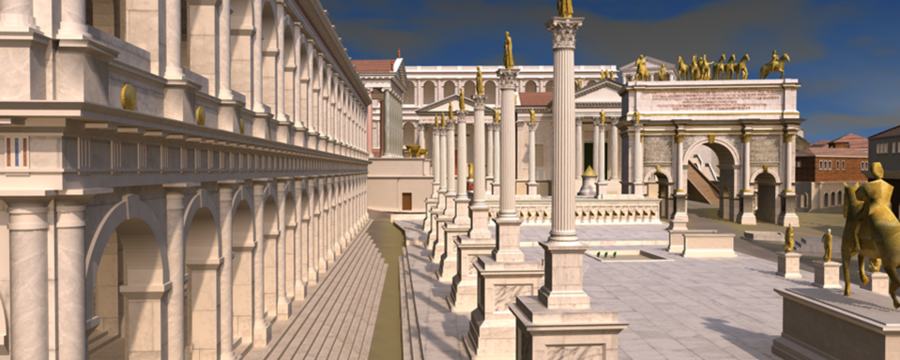Roman food supply
The population of Rome has been estimated at around a million people. Feeding a city of that size, in an era before mechanised transport or refrigeration, was an enormous undertaking. The population figure is disputed, because there are no precise demographic data from the ancient world. In Rome’s case, one piece of evidence comes from the rare citation of population numbers in an inscription that is (in part) about the city’s food supply:
… as consul for the 11th time [23BC] I made twelve grain-handouts of grain I had bought at my personal expense … these handouts of mine never reached fewer than 250,000 men. In [5 BC]… I gave 320,000 of the urban plebs 60 denarii each.Res Gestae Divi Augusti, 15.
At the time of a grave shortage of grain I did not refuse the responsibility for the grain supply, which I so administered that within a few days I freed the entire population, at my own expense, from their fear and danger.Res Gestae Divi Augusti, 5.
When the grain supply was constricted because of continual droughts, he was held up in the middle of the forum by a mob and showered with insults and bits of bread, such that he was scarcely able to escape to the Palatine Hill by a side entrance; afterwards he gave very thorough consideration to ways to bring food supplies in, even during the winter.Suetonius, Life of Claudius 18.
Figure 1: So-called Porticus Amelia (top circle) and Monte Testaccio (bottom circle)
Figure 2: Fragment 23 of the Forma Urbis, showing a part of what might be the Porticus Aemilia . © Stanford University
By the middle to late republic this river connection was served by a dense area of warehouses and loading quays which grew up a bit further down the Tiber, behind the Aventine Hill (which had an association with the plebeian order and temples to Ceres, Liber, and Libera, god and goddesses of crops and vines). The most prominent structure here, on the marble plan, in the surviving archaeology, and in the digital model, is a huge structure made up of a long series of parallel barrel vaults. This has conventionally been called the Porticus Aemilia, on the basis of a fragmentary inscription (‘-LIA’) on the marble plan and a passage of the historian Livy which names the building, which you encountered in Week 1. Modern scholarship has questioned whether we might reconstruct the inscription as ‘NAVALIA’ instead, and read this as a naval arsenal building. Either way, it is testament to the early and sophisticated use of concrete to build an important and massive structure, serving Rome’s connections by water to the wider world. Other buildings in the area included a warehouse named after a second-century BC consul, Servius Sulpicius Galba, with his tomb standing proudly outside it; there are also impressive remains of quays, loading steps, and mooring rings on the Tiber banks.
Share this
Rome: A Virtual Tour of the Ancient City


Reach your personal and professional goals
Unlock access to hundreds of expert online courses and degrees from top universities and educators to gain accredited qualifications and professional CV-building certificates.
Join over 18 million learners to launch, switch or build upon your career, all at your own pace, across a wide range of topic areas.
Register to receive updates
-
Create an account to receive our newsletter, course recommendations and promotions.
Register for free







